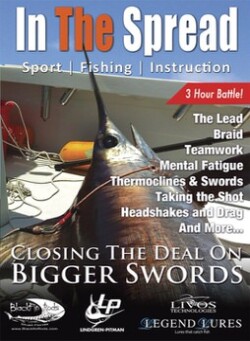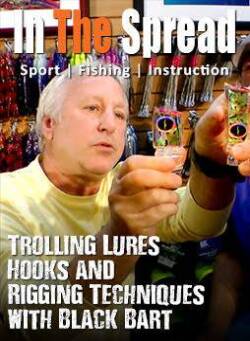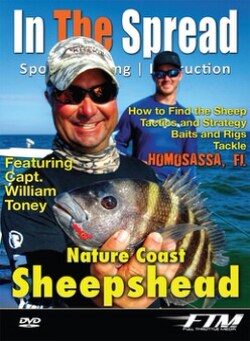Dolphin fishing trips can be significantly improved by catching floating debris, which attracts and builds a food chain. Understanding the direction and wind direction is crucial. Marking the spot, approaching the debris, and systematically picking off dolphins are essential steps. Game planning and gear are essential for success.
Dolphin Fishing - Floating Debris
(00:15:21)
Watch Full Video
View Short Trailer
Instructor:
RJ Boyle
Description
/
Review
/
Instructor
Key Takeaways from Floating Debris
- Why floating debris is crucial for dolphin fishing
- How to spot and mark floating debris
- Strategies for fishing around floating debris
- Effective methods for catching dolphin near debris
- Tips for being prepared and maximizing your chances of success
When you're heading offshore for a day of dolphin fishing, encountering floating debris can be a game-changer. In the vastness of the open ocean, objects like floating buckets, styrofoam buoys, pallets, submerged trees, or even cargo nets become magnets for fish. A food chain develops around these bits of waste, attracting species like mahi mahi and wahoo. Spotting and properly fishing around floating debris can simplify your fishing day, potentially allowing you to bag big fish, fill your box with dolphin, and save time and fuel by not having to travel further offshore.
Login
to leave a review.
User Reviews
There are no reviews yet.We Recommend
0




